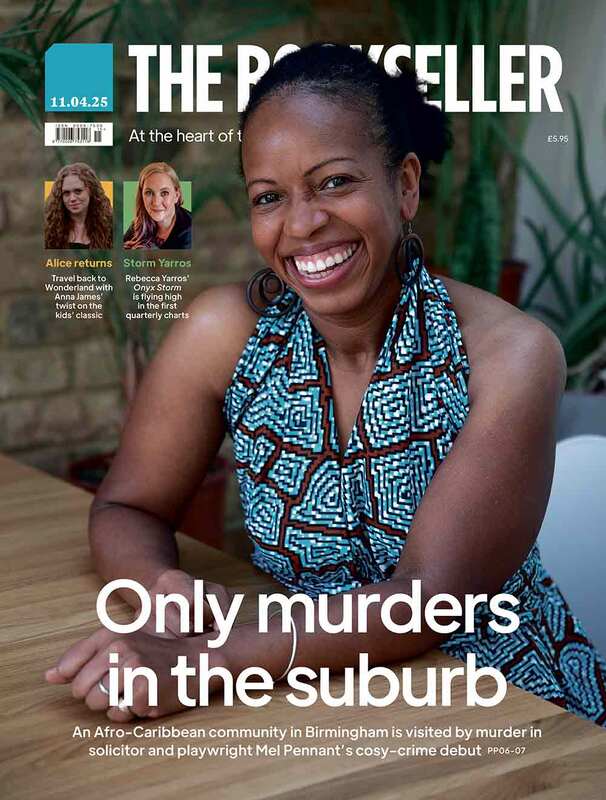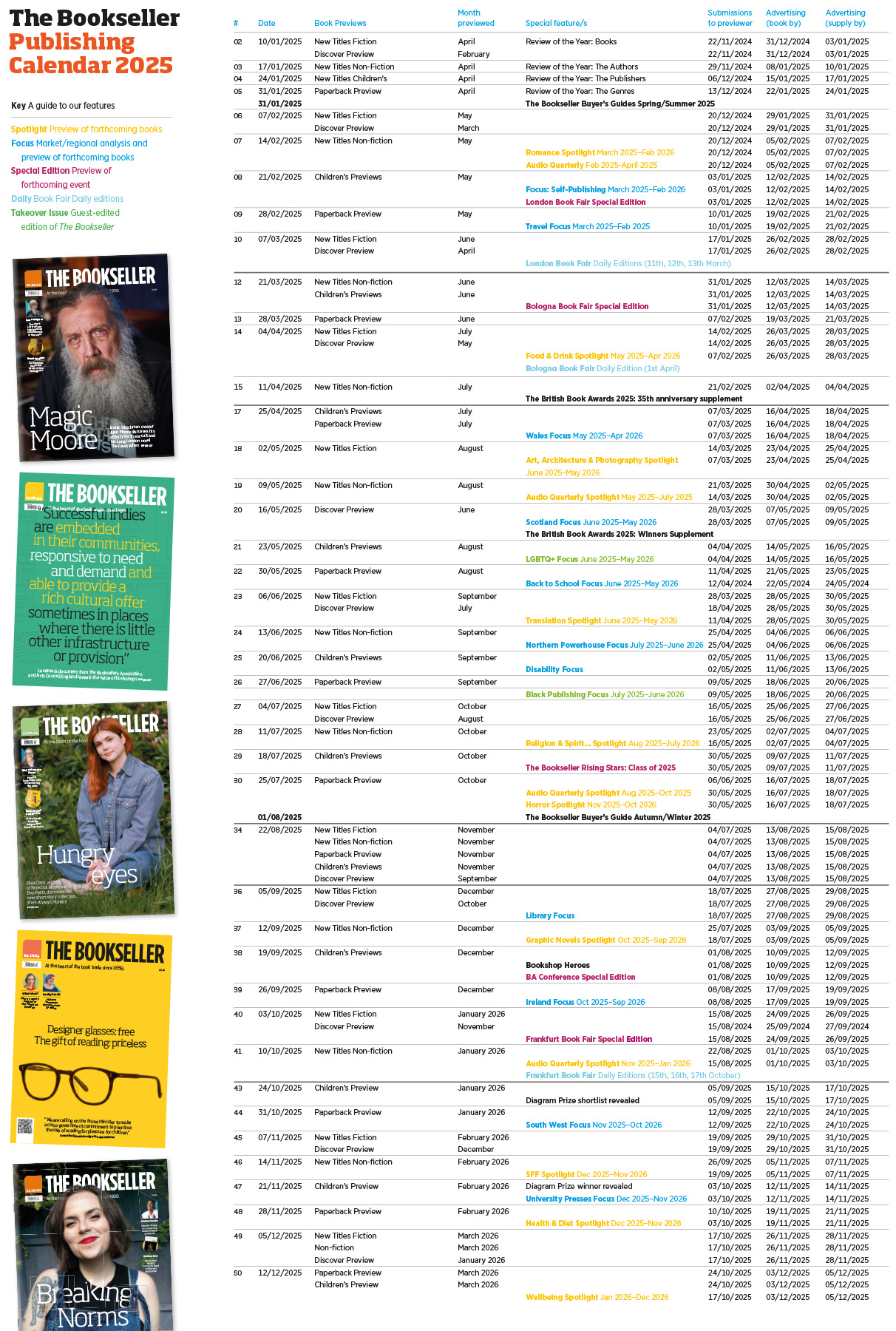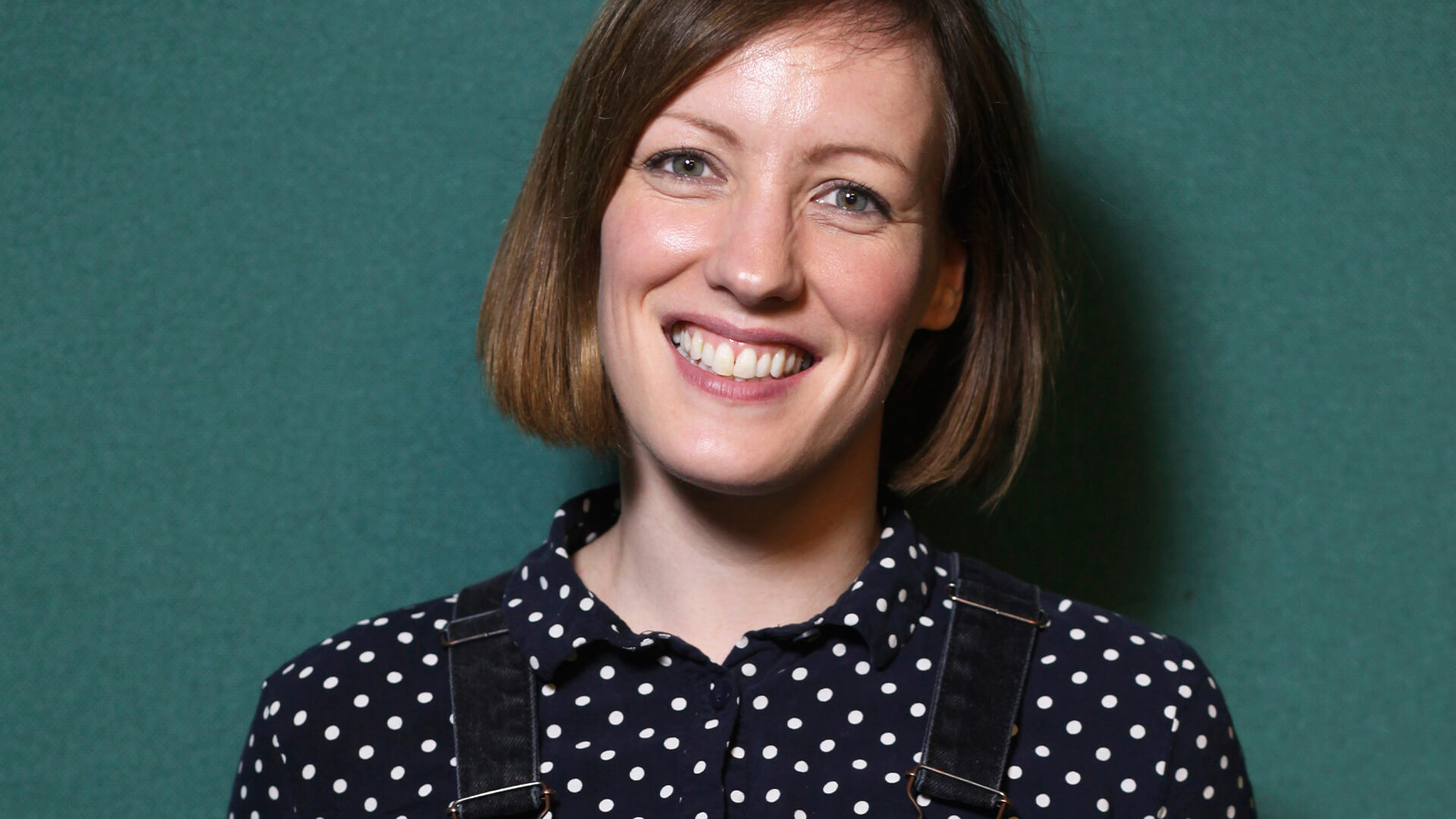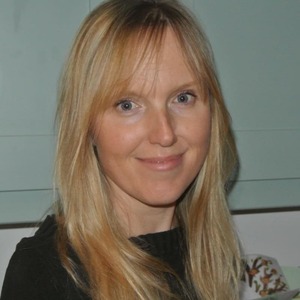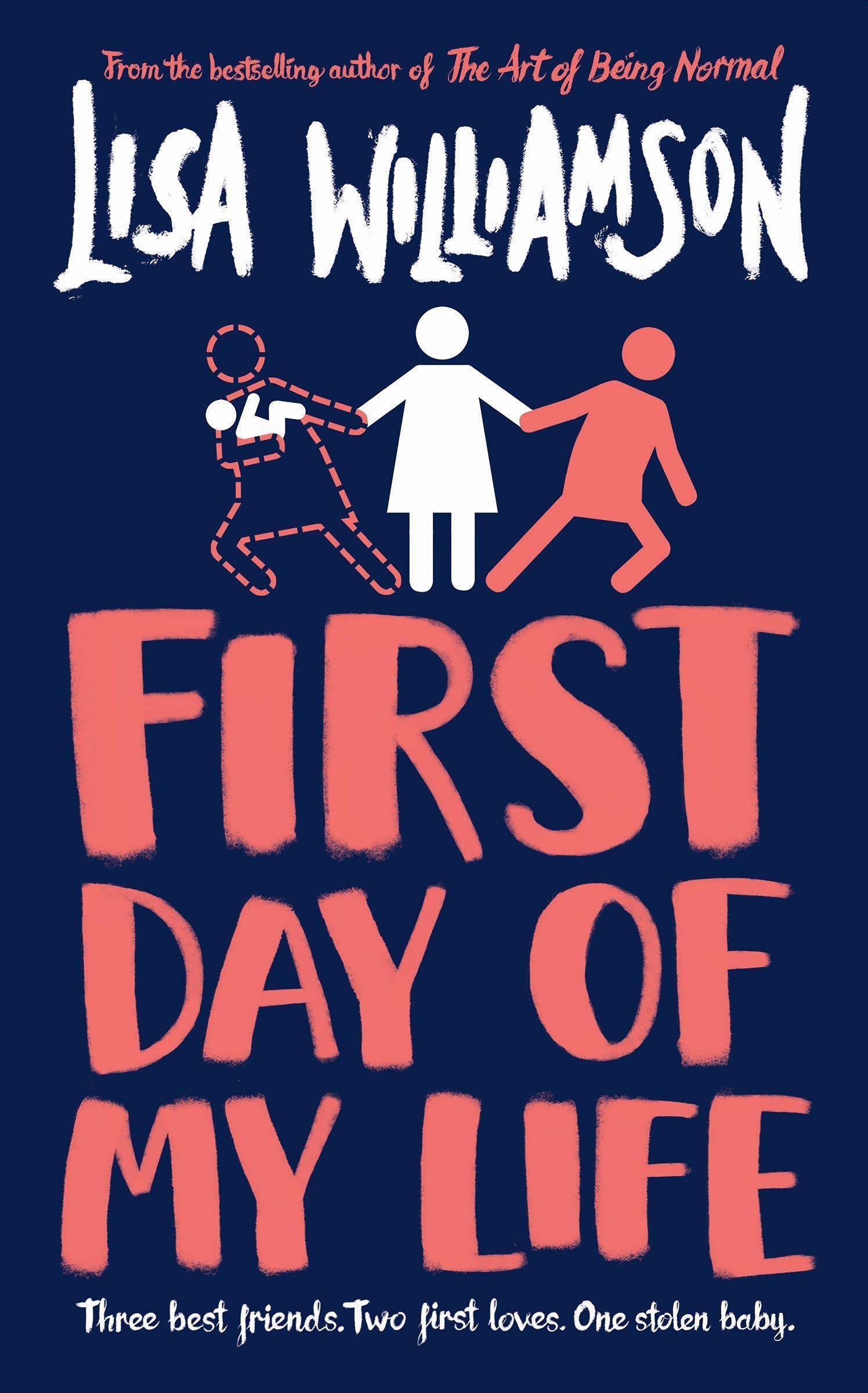You are viewing your 1 free article this month. Login to read more articles.
Lisa Williamson talks about friendship, crafting voice and her joy writing YA
Waterstones Children’s Book Prize winner Lisa Williamson returns with her fourth novel for teens, centring on three friends—and a kidnapped baby
I write the books that I would have wanted to read as a teenager,” Lisa Williamson tells me, speaking over the phone at the beginning of the lockdown period. Growing up she always gravitated towards contemporary fiction, seeking out stories “bedded in reality” rather than fantasy. She devoured the American books which dominated the market at that time—Sweet Valley High, The Baby-Sitters Club, lots of romance—but didn’t relate to them. “I couldn’t imagine slotting into those books. They were a reality, but not mine.”
It’s a gap Williamson is very conscious of, and actively tries to plug. “I try to write stories for the kind of teenager I was,” she explains; she often pictures her own school and home town when writing. Williamson’s books are about young people with very ordinary problems. Her début, The Art of Being Normal, focuses on a search for identity; sibling dynamics are under the spotlight in All About Mia; and Paper Avalanche chronicles a girl’s struggle with her hoarder mother. “I think ordinary lives are quite extraordinary,” she says, “given the time and space.” She hopes that teenagers will read her books and see themselves in her work. “I want them to think, ‘That could be my school, my town.’”
Why would anyone steal a baby? Why would a teenager steal a baby? It was such a bizarre idea
Williamson’s books typically begin with a “what if?” moment. A conversation over dinner with fellow YA author Juno Dawson provided the spark for her new novel First Day of My Life: what might possess someone to steal a baby? The book opens on GCSE results day. Frankie’s best friend Jojo has gone missing, and the news breaks that a local baby has been stolen. When Frankie finally gets a call from Jojo she hears a crying baby in the background, and can’t help but jump to conclusions. “Why would anyone steal a baby? Why would a teenager steal a baby? It was such a bizarre idea.”
First Day of My Life follows Frankie’s quest, aided by ex-boyfriend Ram, to find Jojo, and is told from the viewpoints of all three characters. First up is Frankie. “She’s impulsive, fiercely loyal and she really wears her heart on her sleeve,” says Williamson. She can get carried away with her emotions, in stark contrast to her best friend Jojo. “Jojo is a lot quieter, more cautious and watchful.” The two girls balance each other out, united in their desire to become actors. The opening chapters are dominated by Frankie’s confusion—“her usually very reliable best friend has gone missing.”
Growing pain
Finally there is Ram. Old beyond his years following the death of his father, he has taken the role of “man of the house” to heart and wants to provide for his mother and siblings. “Everything he does, he approaches with maturity.” Frankie, in particular, find this challenging. “She just wants him to act like a teenager instead of always having these boundaries.”
“I want to put myself in not just the main character’s shoes, but also the minor characters’. Maybe that helps them to feel real
The structure posed challenges for Williamson. “Voice and character are my thing,” she admits, “but I fall down a bit on how to put it altogether.” Here her editor, Rosie Fickling, was invaluable, offering “really clever” guidance to bring it all together. Williamson’s initial plan was three neat sections, enabling each character to have their say. During writing it became clear that Ram couldn’t conclude the novel alone—“the story is so tied up in Jojo and Frankie’s relationship in particular”—so each of the three gets a chapter in the denouement. Although the novel may ostensibly be about a stolen baby, the complexity of best friendship is at its heart, and it is a common thread throughout Williamson’s work. She is passionate about her own friends—the hardest part of lockdown, she says, is the lack of real contact—but recognises a particular quality in teenage friendships. “Friendship is so fascinating at that time,” she tells me. “When you’re a teenager, friendships can be strong and so intense, but they can be taken away because everything is going to change when you get a job or go to university.” Romances may come and go, but “friendships are your bedrock. Connecting with a new person can be as dizzy and exciting as falling in love”.
Years in the making
First Day of My Life evolved over a number of years. Williamson first plotted the story out early in 2016, writing “a very messy first draft” in which the characters were the same but the events of the story quite different. The story stayed with her, but it wasn’t until 2019 that she re-wrote it from the beginning, and things finally clicked. “Generally I find I have to write a book wrong first,” she laughs. The process enables her to work through mistakes and it “feels quite organic, fluid and positive”. Living with her characters for so long gives her the space to explore them deeply. “I put them in lots of other different situations to see how they react.”
By the time they are in the final book, she instinctively knows what they will do. Her characters are notable for how real and believable they feel. She studied drama and worked as an actor for a decade before becoming a published writer, and sees a clear link in the art of getting under the skin of characters. “The original reason I wanted to be an actor was because I wanted to be other people.” That same feeling drives her writing. “I want to put myself in not just the main character’s shoes, but also the minor characters’. Maybe that helps them to feel real.”
Young adult fiction is, Williamson says, very much her “happy place”. When she began writing seriously it was initially without a reader in mind, and the first draft of The Art of Being Normal included narration from adult characters. On a creative writing course an early reader firmly told her that it should be YA, and she has never looked back.
“Every idea I have is about teenagers. It’s such an interesting time. Your body is changing, your brain is wiring itself up. You’re on the cusp of the rest of your life. What’s more exciting to write about than that?”


